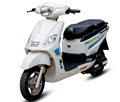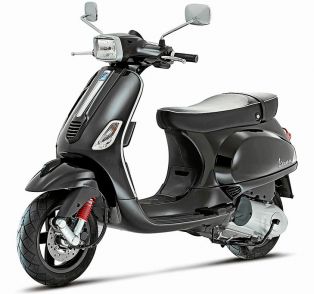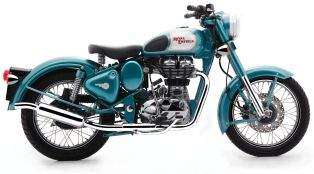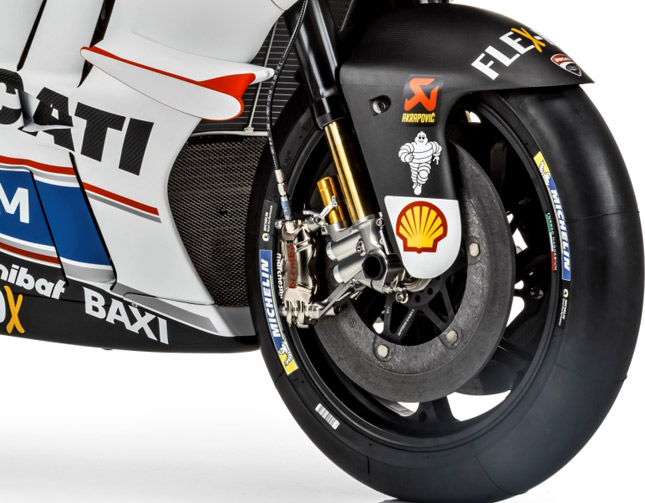 A motorbike can only go as fast as it can stop. Your bike can have all the horsepower in the world but without good brakes, it just becomes a death trap. Over the years the brakes in our motorcycle have evolved from drum brakes in the very early "Henderson KJ" aka "streamline" to twin steel discs in all the modern day production superbikes. We have come a long way in going fast quickly and stopping as well. Until very recently we discovered that one of the major elements of all the life forms i.e. Carbon can also be used to make some really awesome and tough brakes. By doing this we have proved all the Buddhist monks right as this time the change in the motorcycle braking setups came from within ourselves.
A motorbike can only go as fast as it can stop. Your bike can have all the horsepower in the world but without good brakes, it just becomes a death trap. Over the years the brakes in our motorcycle have evolved from drum brakes in the very early "Henderson KJ" aka "streamline" to twin steel discs in all the modern day production superbikes. We have come a long way in going fast quickly and stopping as well. Until very recently we discovered that one of the major elements of all the life forms i.e. Carbon can also be used to make some really awesome and tough brakes. By doing this we have proved all the Buddhist monks right as this time the change in the motorcycle braking setups came from within ourselves.
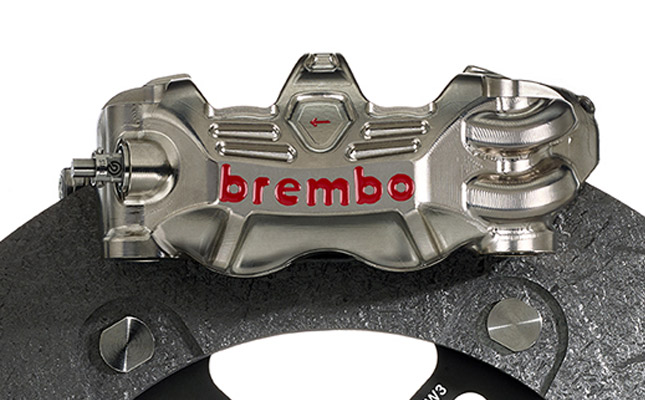 The Coming Of Carbon:
The Coming Of Carbon:The Carbon disc brakes were introduced in the motorcycles at around early 90’s. They were only made for the track use and still are used only for the same purpose. Manufactured by Brembo, these discs were first used for the 500cc class for quite some time, then for MotoGP, and later very briefly for 250cc. The earlier carbon disc was a floating type carbon disc. All the floating disc brakes have two parts, an aluminum center part (in the case of steel discs) which is fixed onto the motorcycle wheel and a rotor part on which the brake pads push on.
This means that the Brake Calipers move with respect to the disc, so when we subject the rotor to an intense amount of heat during a lot of hard riding it expands, if it is expanding separately from the mounting face then it can expand and shrink in all directions without being constrained. This is done in order to avoid “Warp” which occurs when the surface of the bike becomes uneven.
RELATED ARTICLE: Why Disc Brakes Are Better Than Drum Brakes?
In 2014 the new carbon disc brakes with increased braking surface were introduced for the track. Though the use of carbon disc brakes is allowed in almost all the Moto GP races they are not used in wet conditions.
Advantages Of Carbon:
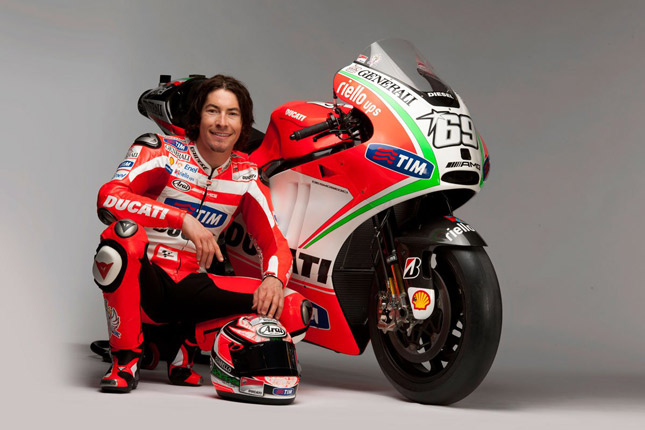 In the words of the great late Nicki Hayden,
In the words of the great late Nicki Hayden, Steel brakes are quite aggressive. The first bit of stopping is very strong—sometimes even stronger than carbon. But as you really get into deep, hard braking, that’s where carbon makes the difference.
Carbon brakes are lighter, stronger and high in mass. A typical disc weighs in at 1.4 kg while the carbon disc limits itself to 1 kg or 1.2 kg maximum. The brake pads used in this disc setup are also made up of carbon instead of the Kevlar used in organic brake pads. Each individual brake pad weighs in at 50g as opposed to standard brake pads which weigh in at 125g. Both the pads and the disc have a maximum temperature range of 800-degree Celsius.
RELATED ARTICLE: How Motorcycle Disc Brakes Work
Now, this is where the things get really good and sometimes really bad. The carbon disc brakes just like soft compound slicks are temperature sensitive and need to be operated at higher temperatures in order to provide high braking performance. The two things determining a good braking setup include high friction and constant efficiency, which the carbon disc brakes deliver quite well but beyond the maximum operating temperature the friction coefficient of carbon changes which trigger wear and tear of both the pads as well as of the disc, resulting in decreased performance. This is also the same reason why carbon disc brakes are not used in rainy conditions as reaching even the minimum operating temperature won’t be possible.
What Does The Future Holds:
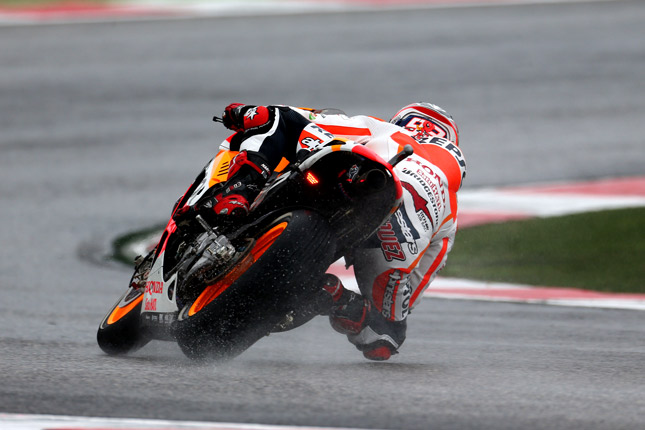 The future for carbon looks quite promising but not particularly for carbon-carbon disc brakes. Though they are lighter and stronger, the longevity is an issue, a 340mm whole carbon disc will last for about 1000km and the same goes for brake pads. On the other hand if being mixed with other metals like Ceramic is considered then the rotors can overcome many of its short comings. According to a recent thread online a full setup of carbon ceramic disc brakes is available but the whole setup costs around 7000$ complete with MMC metal matrix rotor by Lyndall and BST CF race wheels offering a substantial weight reduction and better braking.
The future for carbon looks quite promising but not particularly for carbon-carbon disc brakes. Though they are lighter and stronger, the longevity is an issue, a 340mm whole carbon disc will last for about 1000km and the same goes for brake pads. On the other hand if being mixed with other metals like Ceramic is considered then the rotors can overcome many of its short comings. According to a recent thread online a full setup of carbon ceramic disc brakes is available but the whole setup costs around 7000$ complete with MMC metal matrix rotor by Lyndall and BST CF race wheels offering a substantial weight reduction and better braking.RELATED ARTICLE: Why Holes Are Put On The Disc Brakes
Although it still remains a very far-fetched dream in our country. But as the motorcycle communities in our country grow bigger and bigger it seems safe to assume that big players in the aftermarket performance market will launch their top of the line products in India very soon. Until then folks like you and me, have a lot to learn about motorcycles, keep following BikesMedia for 'Everything About Two-Wheelers'.
By: Yetnesh Dubey





